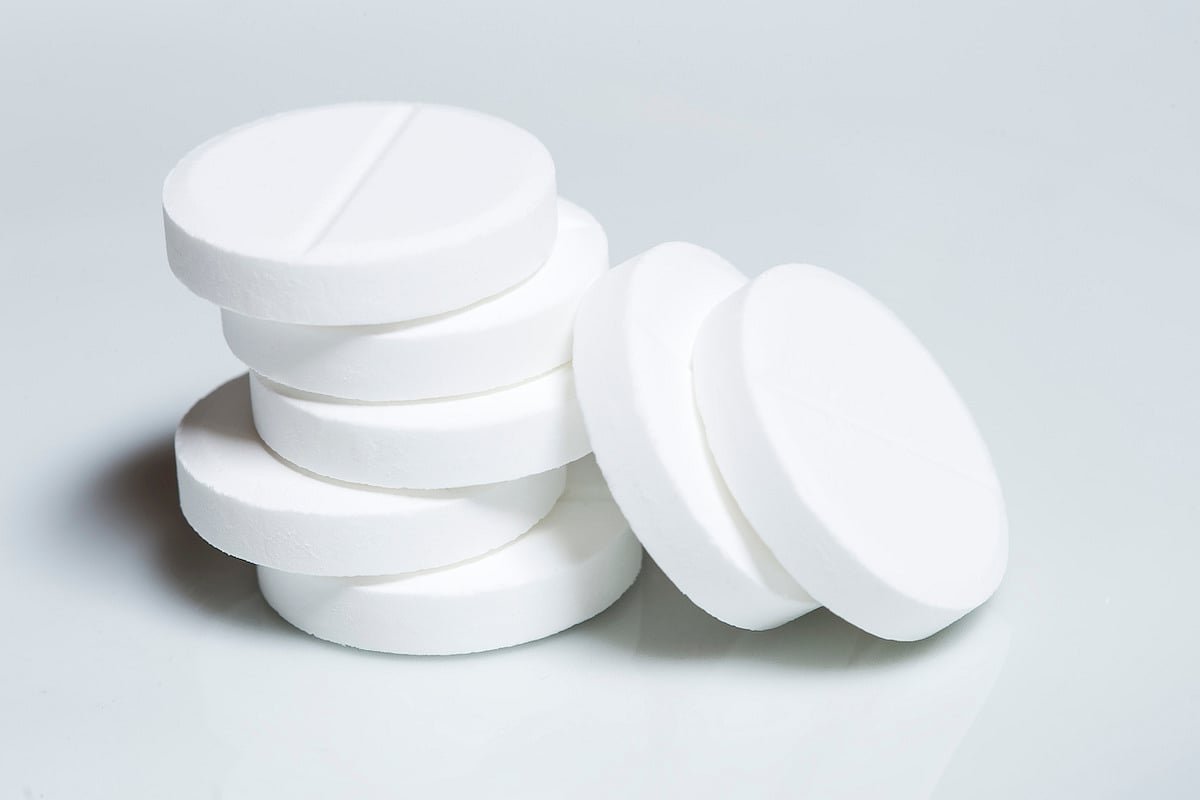A study of male and female genital microbiomes shows that STIs and the sexual health of men and women are “inextricably linked biologically and behaviorally.”
Couples-level consideration of the genital microbiome and STIs could pave the way for more effective preventive strategies, according to a study by Supriya D. Mehta, MHS, PhD, and colleagues. The study found an association between penile taxa and herpes simplex virus type 2 (HSV-2) in female partners and between vaginal taxa and HSV-2 in male partners.
“Our previous studies showed that the penile microbiome of men with genital ulcers had a greater presence and abundance of bacteria that are often associated with bacterial vaginosis (BV) in women,” Dr. Mehta explained. “BV represents a shift in the vaginal microbiome from one that is Lactobacillus-dominant to one that is diverse, with many anaerobic bacteria. There is also clinical and epidemiologic evidence that BV and HSV-2 are correlated.”
For a study published in The Journal of Infectious Diseases, Dr. Mehta and colleagues evaluated how the penile and vaginal microbiomes are related to HSV-2 outcomes within couples. “Defining how the penile microbiome increases risk for BV and genital ulcerative diseases such as genital herpes has major implications for preventing these conditions,” she noted. “If we can identify bacteria that lead to these conditions, this could inform appropriate antimicrobials or biotherapeutics to disrupt bacteria associated with these conditions.”
Vaginal and Penile Microbiome Composition
Dr. Mehta and colleagues’ HSV-2 study included 231 heterosexual couples from Kisumu, Kenya (median age, men: 26; median age, women: 22). Both partners were tested for HSV-2 and HIV, and the women were assessed for BV. Additionally, specimens were collected for penile and vaginal microbiome characterization.
Among the couples, HSV-2 was detected in both partners in 78 couples (33.8%), in the woman only in 52 couples (22.5%), in the man only in 27 couples (11.7%), and in neither person in 74 couples (32.0%), indicating HSV-2 positivity among 130 women and 108 men. Regarding HIV status, 10.9% of the women and 11.8% of the men were HIV-positive. Among the women, 21.4% had BV, and 55.0% of the men were circumcised. The prevalence of HSV-2 was found to increase with age, lower educational status, and HIV positivity in either sex, or in the presence of BV in the female partner.
When modeling vaginal and penile taxa and covariates contributing to HSV-2 status in women and men using bivariate probit analysis (Table), enrichment of vaginal Gardnerella vaginalis and Lactobacillus iners was associated with an increased likelihood of HSV-2 in both partners. These taxa had the highest relative abundance in women, with G. vaginalis observed in 109 women (47%) and L. iners observed in 97 women (42%). Vaginal microbiome alpha diversity measures were found to be greater for women with male sex partners who were positive for HSV-2.
When considering the penile microbiome, enrichment of penile Eremococcus was associated with HSV-2 in both sexes, whereas penile enrichment with Escherichia/Shigella, Ureaplasma, and S. sanguinegens was associated with HSV-2 only in women. The taxa with the highest mean relative abundances in men included Corynebacterium (16.4%), Anaerococcus (8.9%), Streptococcus (8.1%), Finegoldia (7.6%), and L. iners (6.8%).
Role of Couple-Level Risk in Sexual Health
“Typically, STIs and the sexual health of men and of women are treated at the individual level,” Dr. Mehta noted. “What this study shows is that they are inextricably linked biologically and behaviorally.”
The findings have implications for treatment and future research, she continued.
“To optimize treatment outcomes and gain benefits more effectively and more efficiently for certain conditions, we need to consider couples-level risk and outcomes. For example, our current study suggests another avenue of research, to investigate if reduction in vaginal and/or penile bacteria associated with HSV-2 could reduce the risk of getting HSV-2 or prevent onward HSV-2 transmission,” Dr. Mehta said.





















Create Post
Twitter/X Preview
Logout